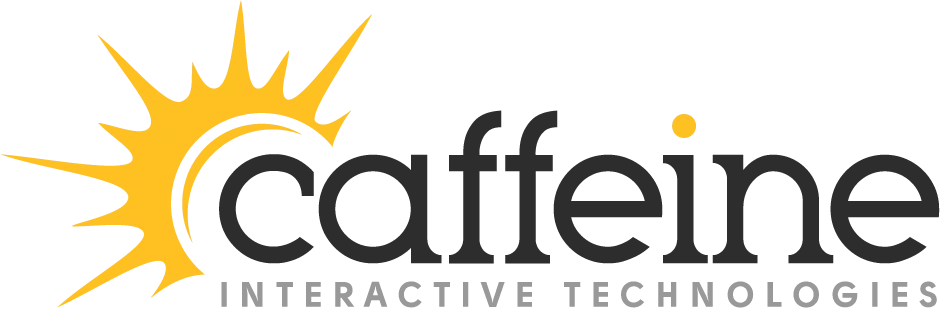It doesn’t take a marketing guru or a top developer to know that landing pages should be eye appealing, use consistent colors and fonts and that pictures speak a 1,000 words. This is general knowledge that has remained constant as marketing has evolved from print to digital and everything in between.
BUT…
What has changed, is the accessibility, timeliness and vast array of options a consumer is inundated with on a daily basis. Therefore, while your landing page might be the slickest, high-tech, out-does-all-the-rest looking landing page out there, if it’s not converting, the page might as well not exist. Wow, harsh!
The good news is, oftentimes is not because you chose the wrong font, color or picture…but because the logistics of page don’t make sense, with a little monitoring and testing this is an easy fix.
Below are 4 things to be mindful of when designing your next landing page or tweaking a current one:
Pinpoint a Pain
This is nothing more than psychological. Humans avoid pain, do not like to talk about it and seek relief when pain arises. Use this to your advantage! Your product or service was designed to solve a problem. On your landing page, recognize what that problem is and follow up by shining light on the situation and offering a solution….i.e. your product or service! Don’t make users guess why they need your product or service, let them know what they’re missing out on!
A Clear and Compelling CTA
This is the most important aspect of your landing page – it directs users and gets them take a desired action, so it’s worth putting in a little extra thought into creating a compelling CTA. Generic and poorly placed CTAs will rarely convert. Shy away from “buy now”, “sign up”, or “submit”. Instead try stronger phrases such as: “reserve my seat”, let’s get started”, or “I’m ready!”. Also it’s okay to have multiple CTAs throughout your landing page, in fact we recommend it!
Keep Those Forms Short
Put yourself in the user’s shoes. When you are presented with a form that is long and asks everything under the sun, you most likely will not fill it out. Therefore keep it short! Ask only the most important information, after all some information is better than none. In our experience, we have found two step forms work quite well. On the landing page we only ask for a first name and email, once they hit submit, a longer form pops up where they can enter additional information. However, if they choose to close out of the long form because it’s too intimidating the name and email from the first form is still submitted.
Test! Test! Test!
Above all else, make sure you test, test and test again! Monitoring how CTA locations, pain copy, required form fields, etc. resonate with the user will be the ultimate determining factor of how successful your landing page is. At Caffeine we use a variety of platforms and services to track the success of internal and client landing pages – when combined together we have a greater understanding of how to optimize landing pages for conversions! These platforms and services allow us to view heatmaps of landing pages so we can track where people are dropping off and what they are clicking on, traffic sources, conversion rates, click-through-rates (CTR), etc.
Conclusion
Successful landing pages go beyond beyond nice fonts, pretty colors, and eye-catching pictures/graphics. It’s about putting yourself in the user’s shoes, creating a logical flow for the user and constant monitoring and testing.
Head over to So You Think One Long Web Page for Your Business will Work (Think Again) to learn more about web page development.
